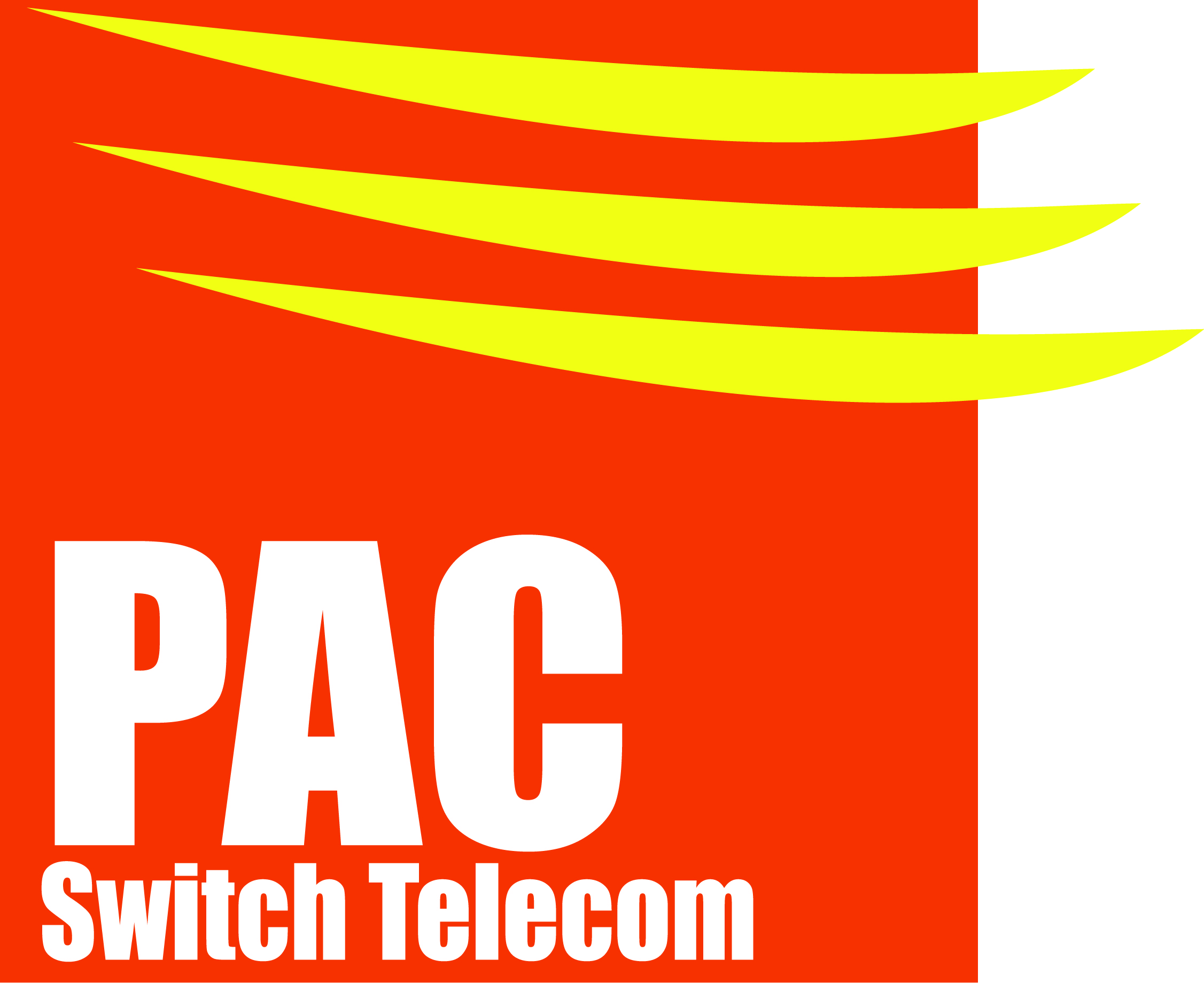Connecting the UK to Europe: The Underwater Web of Subsea Cables
In an era where instant communication and seamless data transmission have become integral to our daily lives, the invisible heroes facilitating this global connectivity are the subsea cables that crisscross the ocean depths. Among the prominent network of these undersea lifelines, the United Kingdom stands as a vital hub, connecting Europe to the broader world through an intricate web of fiber-optic cables.
The Backbone of Transcontinental Connectivity
Stretching across the North Sea and the English Channel, a network of subsea cables acts as the digital bridge linking the UK to Europe. These cables, often referred to as submarine or subsea cables, enable the high-speed transmission of data, voice, and video between the UK and various European countries. Cable systems like SEA-ME-WE 3, SEA-ME-WE 4, TAT-14, EIG (Europe India Gateway), Hibernia Express, and MAREA weave a complex tapestry of connectivity beneath the waves.
The significance of these cables is hard to overstate. They facilitate seamless international communication, enable e-commerce, power financial transactions, and support a vast array of online activities. As technology advances and our reliance on data grows, the capacity and efficiency of these cables become paramount. Their strategic positioning along with optimal routing ensure minimal data latency, making them an indispensable component of the modern digital landscape.
Internet Exchange Points: The Crossroads of Connectivity
Complementing the subsea cables are the Internet Exchange Points (IXPs), critical locations where multiple networks converge to exchange data. The UK boasts a considerable number of these IXPs, enhancing its connectivity not only within the nation but also with the wider European and global internet landscape. These exchange points ensure efficient data routing, reduced latency, and enhanced overall internet performance.
London, as the UK’s technology and financial epicenter, is home to several major IXPs. The London Internet Exchange (LINX), for instance, plays a pivotal role in facilitating the interconnection of networks, enabling seamless data flow both domestically and internationally. LINX, alongside other prominent IXPs like IXManchester and IXScotland, contributes to the UK’s status as a hub of digital interconnectivity.
The United Kingdom’s role in connecting Europe through subsea cables and Internet Exchange Points underscores its vital position in the global digital ecosystem. As technology continues to evolve and our reliance on digital communication intensifies, the UK’s commitment to maintaining and advancing these vital connections will play an instrumental role in shaping our interconnected future.

